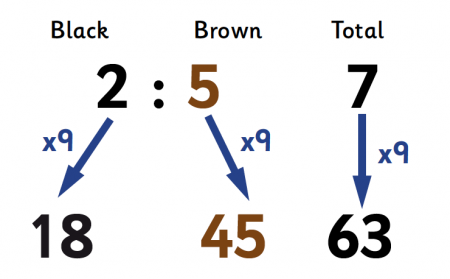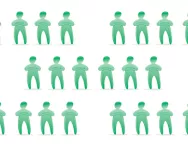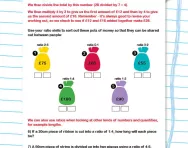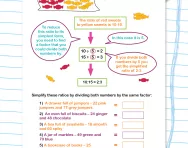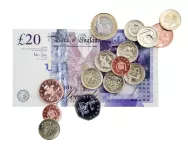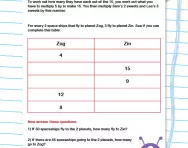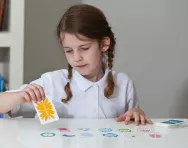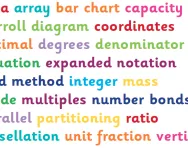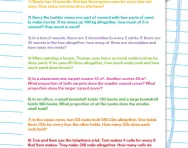TheSchoolRun.com closure date
As we informed you a few months ago, TheSchoolRun has had to make the difficult decision to close due to financial pressures and the company has now ceased trading. We had hoped to keep our content available through a partnership with another educational provider, but this provider has since withdrawn from the agreement.
As a result, we now have to permanently close TheSchoolRun.com. However, to give subscribers time to download any content they’d like to keep, we will keep the website open until 31st July 2025. After this date, the site will be taken down and there will be no further access to any resources. We strongly encourage you to download and save any resources you think you may want to use in the future.
In particular, we suggest downloading:
- Learning packs
- All the worksheets from the 11+ programme, if you are following this with your child
- Complete Learning Journey programmes (the packs below include all 40 worksheets for each programme)
You should already have received 16 primary school eBooks (worth £108.84) to download and keep. If you haven’t received these, please contact us at [email protected] before 31st July 2025, and we will send them to you.
We are very sorry that there is no way to continue offering access to resources and sincerely apologise for the inconvenience caused.
What is ratio?
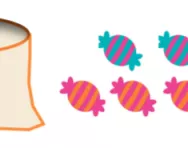
What is ratio?
A ratio compares values, telling us how much of one thing there is compared to another thing.
Children will start to learn about proportion and ratio in Year 6.
Solving ratio problems in KS2
Children in Year 6 may be asked to solve problems involving ratio. For example:
There are 20 children in a playground. The ratio of boys to girls is 2:8. How many boys are there in the playground?
The long way to work this out would be to draw a diagram of the 20 children, with one symbol (X) for boys and one symbol (0) for girls, for example:
X X 0 0 0 0 0 0 0 0
X X 0 0 0 0 0 0 0 0
They would be able to see from this diagram that there were four boys altogether.

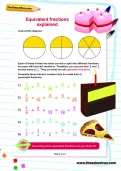
Boost your child's maths & English skills!
- Follow a weekly programme
- Maths & English resources
- Keeps your child's learning on track
For example, they might be shown the following diagram and would need to know that the ratio of blue shapes to pink shapes is three to four. They would need to know to write this as 3:4.
(Proportion is not the same thing as ratio, as it tells us about a number in relation to a whole, so in the case above we would say there are 4 pink shapes in every 7 shapes, or 3 blue shapes in every 7 shapes.)
Children then need to be able to move onto solving ratio problems using a quicker method. For example:
There are 48 beads in a jar. For every 2 purple beads there are 6 red beads. How many red beads are there altogether?
A quick way to work this out would be to:
- Add the 2 and 6 together to make 8. If you then divide 48 by 8 you get 6.
- To find out how many purple beads, you would multiply 2 by 6 = 12
- To find out how many red beads, you would multiply 6 by 6 = 36
This can also be demonstrated like this: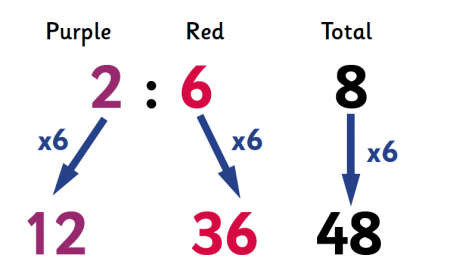
Ratio problems can be presented in a number of different ways. These three problems all involve the same set of data:
There are 63 children in a playground. For every 2 children wearing black shoes there are 5 children wearing brown shoes. How many children are wearing black shoes?
There are 45 children in a playground wearing brown shoes. For every 5 children wearing brown shoes there are 2 wearing black shoes. How many children are wearing black shoes?
For every 2 children in a playground wearing black shoes there are 5 children wearing brown shoes. There are 18 children wearing black shoes. How many children are wearing brown shoes?
This data could be represented in the following way: